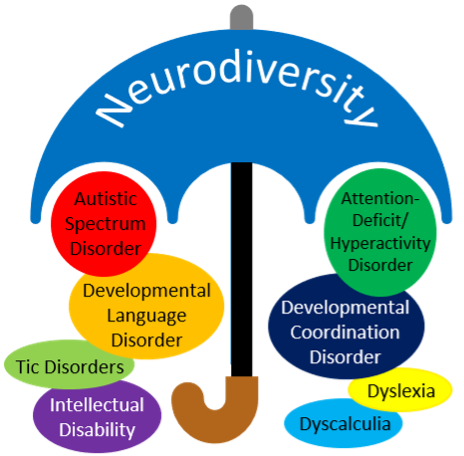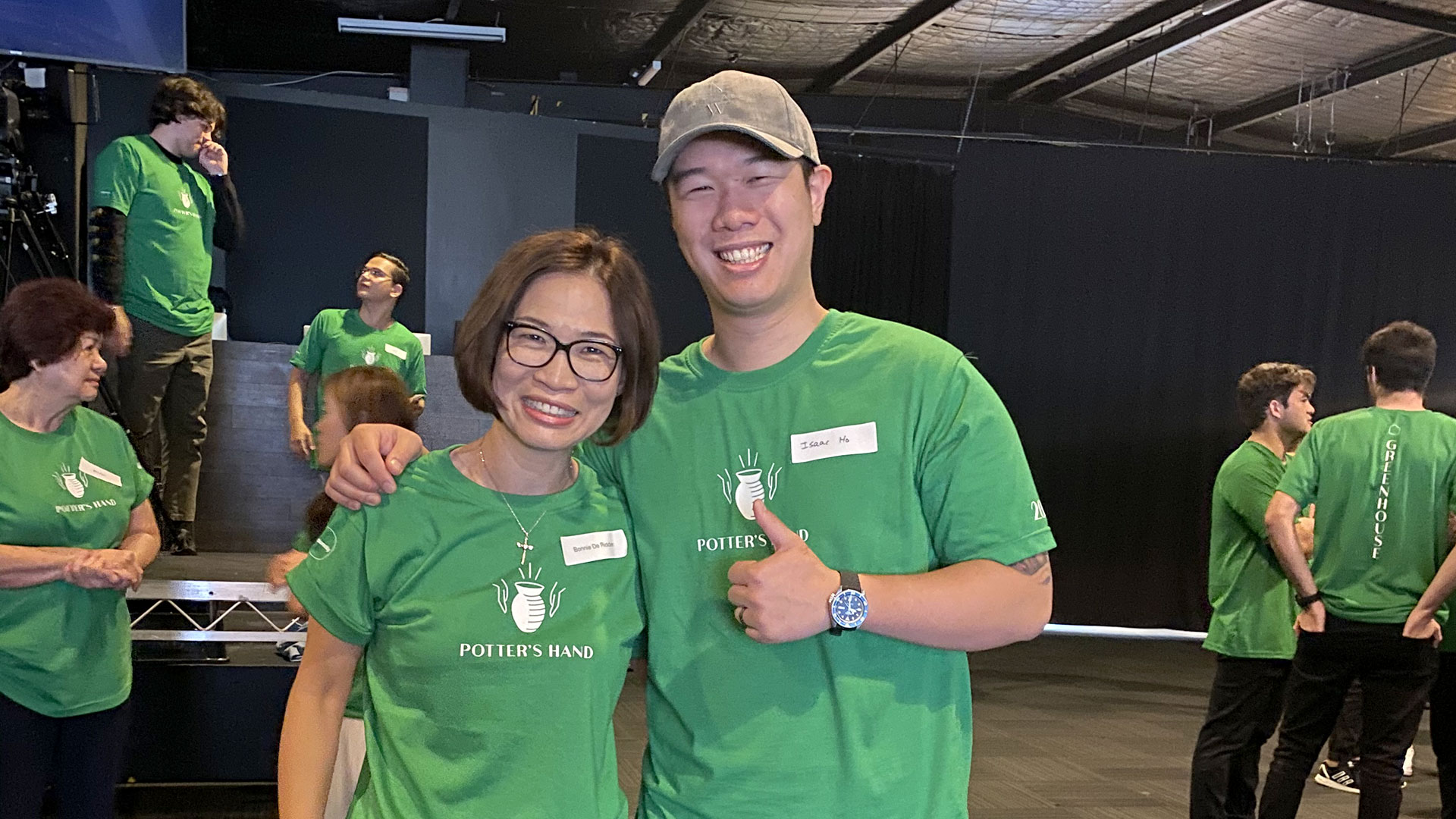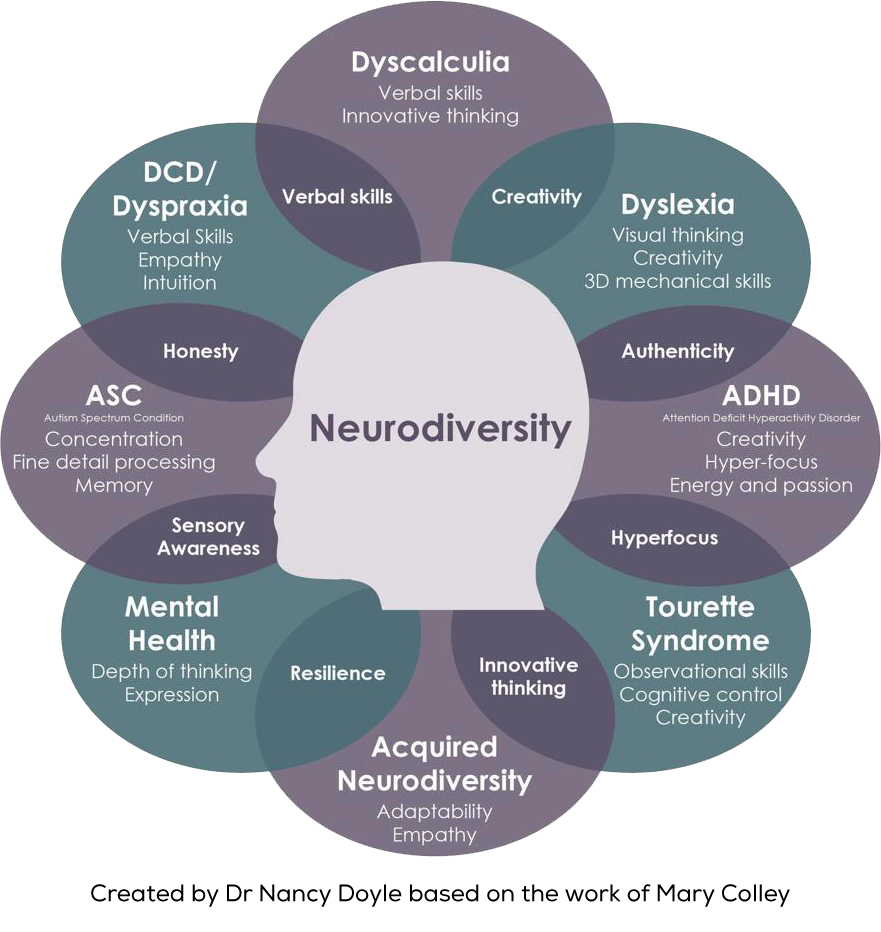What’s Neurodiversity -
Under HKSAR government definitions of types
of disabilities, there are 10 types of people
with disabilities and special needs:
| 1 | Autism Spectrum Disorder (ASD) |
| 2 | Attention Deficit / Hyperactivity Disorder (ADHD) |
| 3 | Special Learning Difficulties |
| 4 | Intellectual Disability |
| 5 | Mental Illness |
| 6 | Visual Impairment |
| 7 | Hearing Impairment |
| 8 | Speech Impairment |
| 9 | Physical Disability |
| 10 | Visceral Disability / Chronic Illness |
Labour and Welfare Bureau for example, uses this definition when it defines people with disabilities and special needs.
HKSAR Education Bureau defines students with
Neurodiversity with
the following 7 categories:
| 1 | Autism Spectrum Disorder (ASD) |
| 2 | Attention Deficit/Hyperactivity Disorder (ADHD) |
| 3 | Dyslexia |
| 4 | Dyspraxia |
| 5 | Dysgraphia |
| 6 | Dyscalculia |
| 7 | Tourette’s Syndrome |
Neurodiversity is a definition referring to children and youth with learning problem or disabilities that make it harder for them to learn than most children the same age. Children and young people who have Neurodiversity do not necessarily have a disability. Some disabled children and young people do not have special educational needs. There is a lot of overlap between the two groups.
At LBA, we put our emphasis on 1 to 5 Neurodiversity categories on the list, focusing youth and young adults with neurodivergence. We would like to introduce the concept, meaning and embracement of ‘Neurodiversity’ to our society.
The term ‘Neurodiversity’ refers to differences in the human brain relating to emotions, learning, mood, attention and development, representing our cognitive variability and the different ways we process the world. While we all have diverse and different brains, neurodiversity also encompasses the expected 15% - 20% of people with conditions such as an Autism spectrum condition, ADHD, Attention Deficit Disorder (ADD), Dyslexia, Dyscalculia, Developmental Language Disorder, Dyspraxia and Social Anxiety Disorders.
Under the umbrella of neurodiversity, there are these differences and difficulties which differentiate people with these conditions from the neurotypical majority.


In Hong Kong, most of the children with visual, hearing, speech and physical disability study in special schools equipped with the proper facilities and equipment in order for them to carry out the learning.
Hence for most of the Neurodiversity students in mainstream schools, they are students with ADD/ADHD, ASD and Special learning difficulties. Because of this, often when we talk about Neurodiversity students in a mainstream setting, we are referring to the neurodivergent students.
At LBA, we would like to show the society the beautiful mind of Neurodiversity youth so that they can make use of their full potential and be a part of an inclusive community.
Neurodiversity
The term Neurodiversity has been coined to combat the stigma around form of disability and society’s expectation of normality. It is the idea that it's normal and acceptable for people to have brains that function differently from one another. Rather than thinking there is something wrong or problematic when some people don't operate similarly to others, neurodiversity embraces all differences. Beyond that, neurodiversity is also a growing movement. It advocates neuro-differences should be recognised and appreciated as a social category similar to differences in ethnicity, sexual orientation, gender, or ability.
Indeed, the diagram above showcases the strengths that individuals with different Neurodiversity could possess. For example, concentration and fine detail processing being common traits amongst ASD individuals could differentiate them in computing tasks; whereas the creativity and 3D mechanical skills that dyslexic individuals possess could make them well-suited for manufacturing tasks.
While people with physical disability, visual, hearing and speech impairment can be noticed by the appearance and through initial interaction, people with neurodivergence cannot. Their special way of communication and behaviours would often result them in failing to find a job or blend in in a workplace.
Because of the brain functions differently than the neurotypical, neurodivergent individuals are often being perceived as 'unfit' to work in a normal workplace, depriving them the equal opportunities to find suitable jobs to show their abilities and potential.
Stigma, a lack of awareness, and lack of appropriate infrastructure (such as office setup or staffing structures) can cause exclusion of people with neurodevelopmental differences.
Understanding and embracing neurodiversity in communities, schools, healthcare settings, and workplaces can improve inclusivity for all people.
It is important for all of us to foster an environment that is conducive to Neurodiversity, and to recognize and emphasize each person’s individual strengths and talents while also providing support for their differences and needs. LBA would like to fostering neurodiversity in the workplace, starting with our very own one ~!

